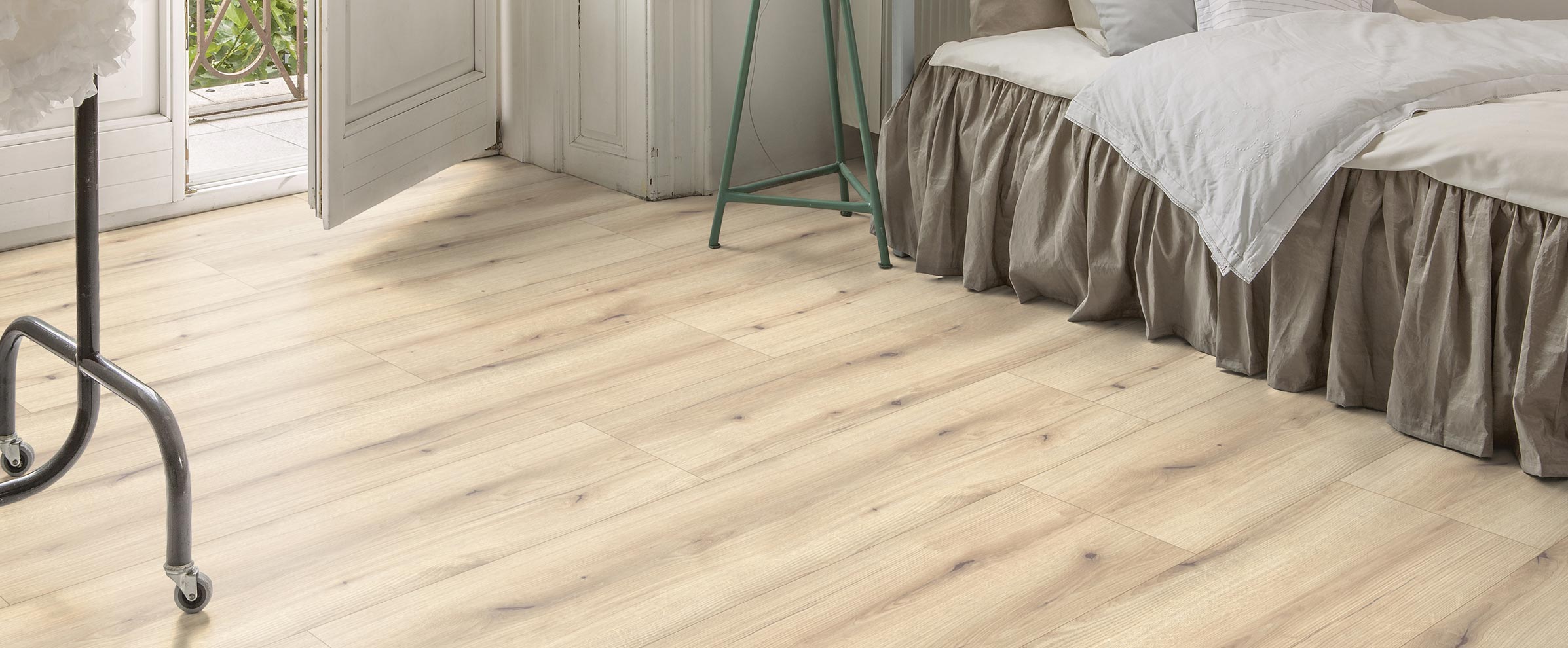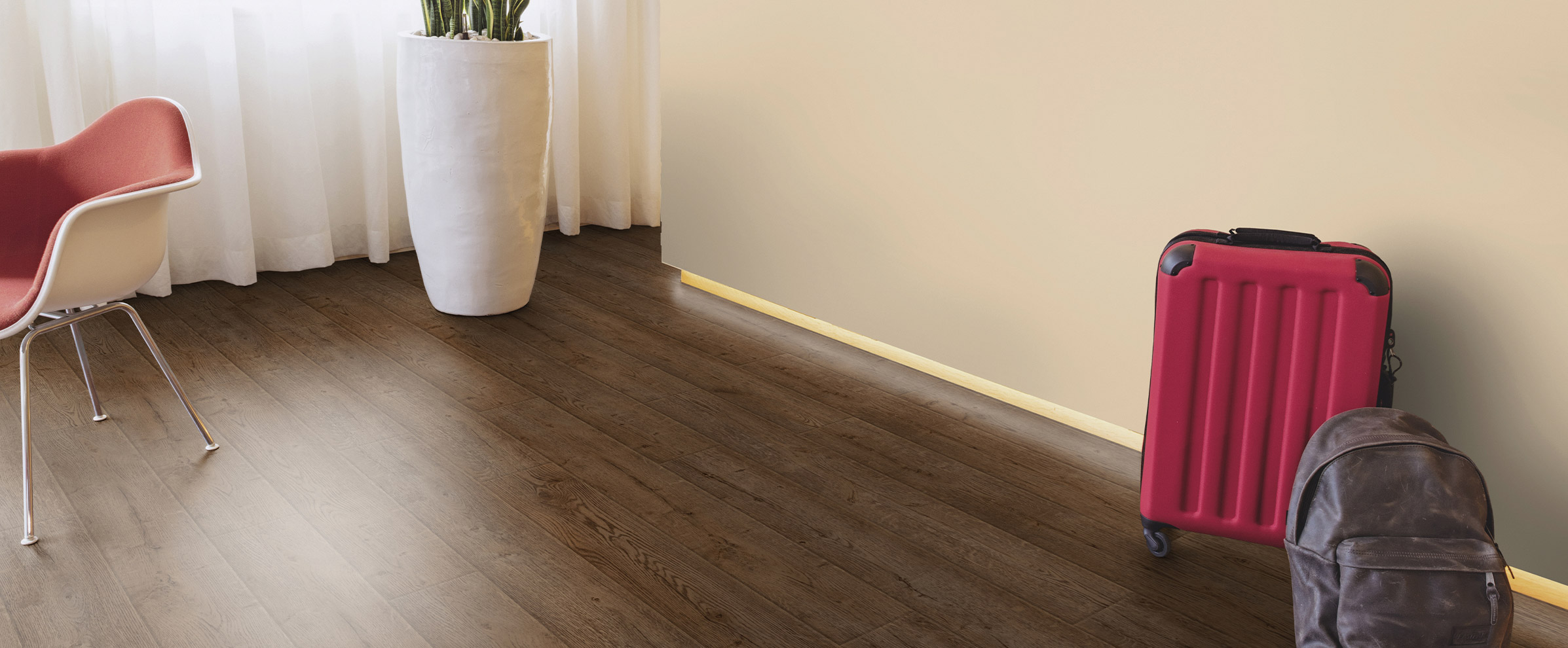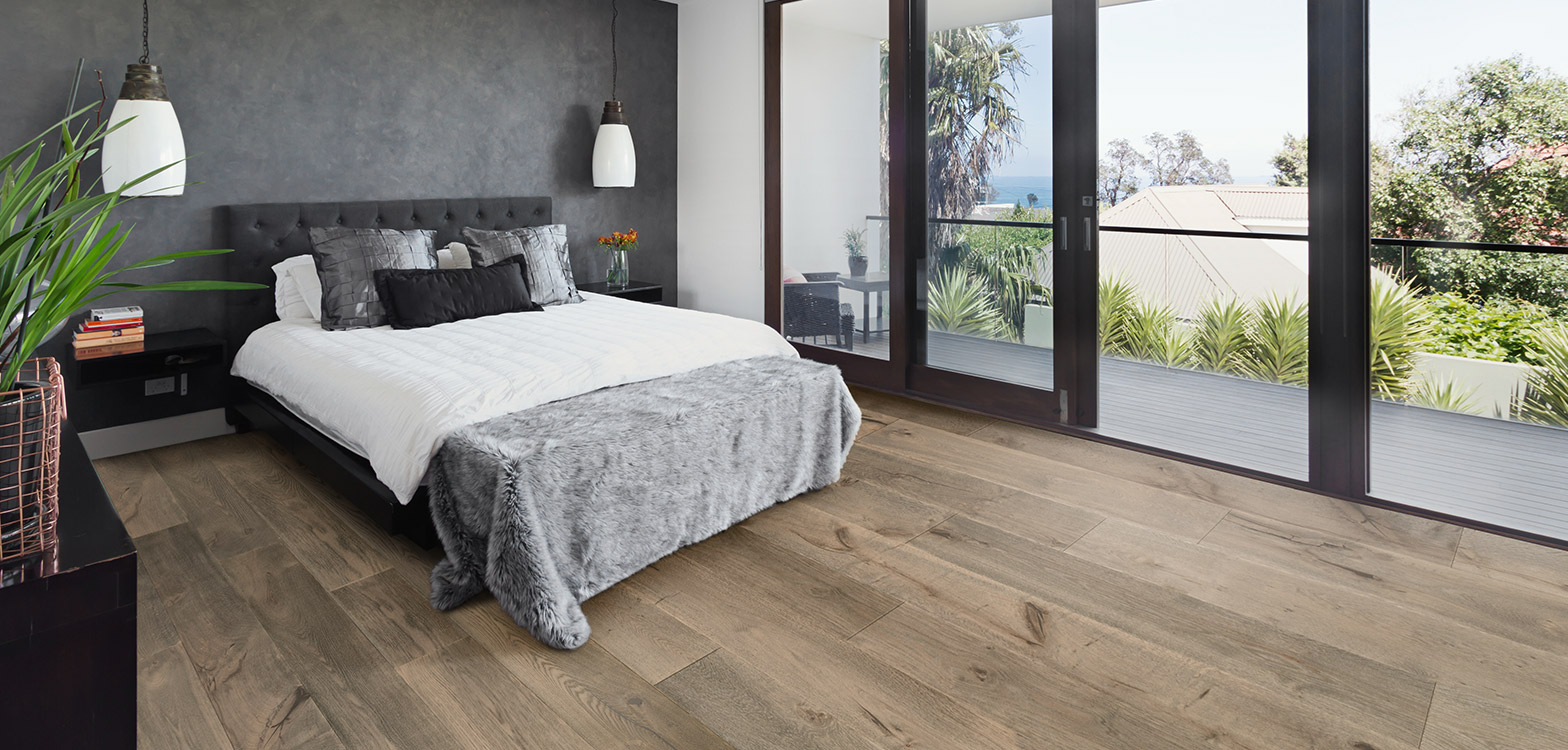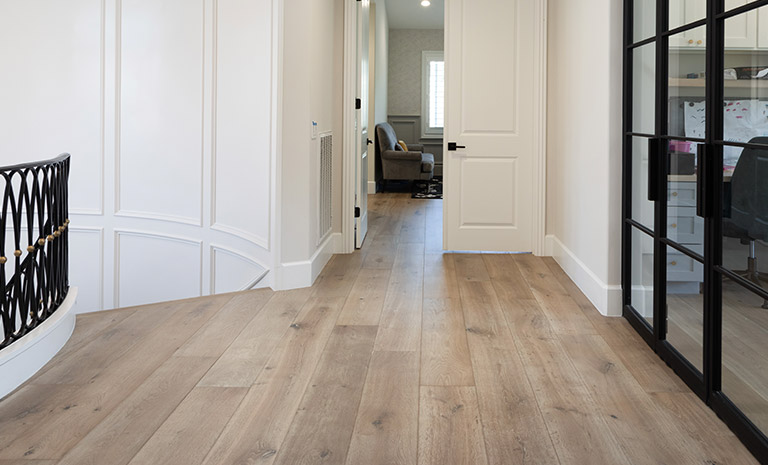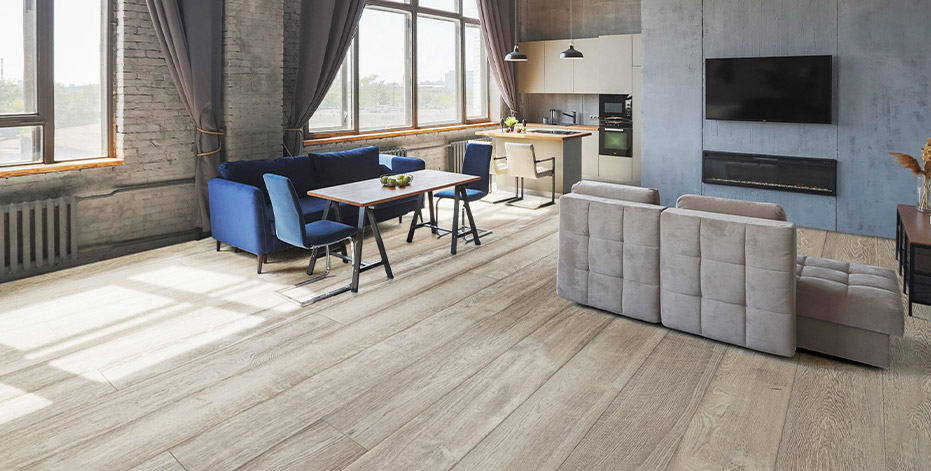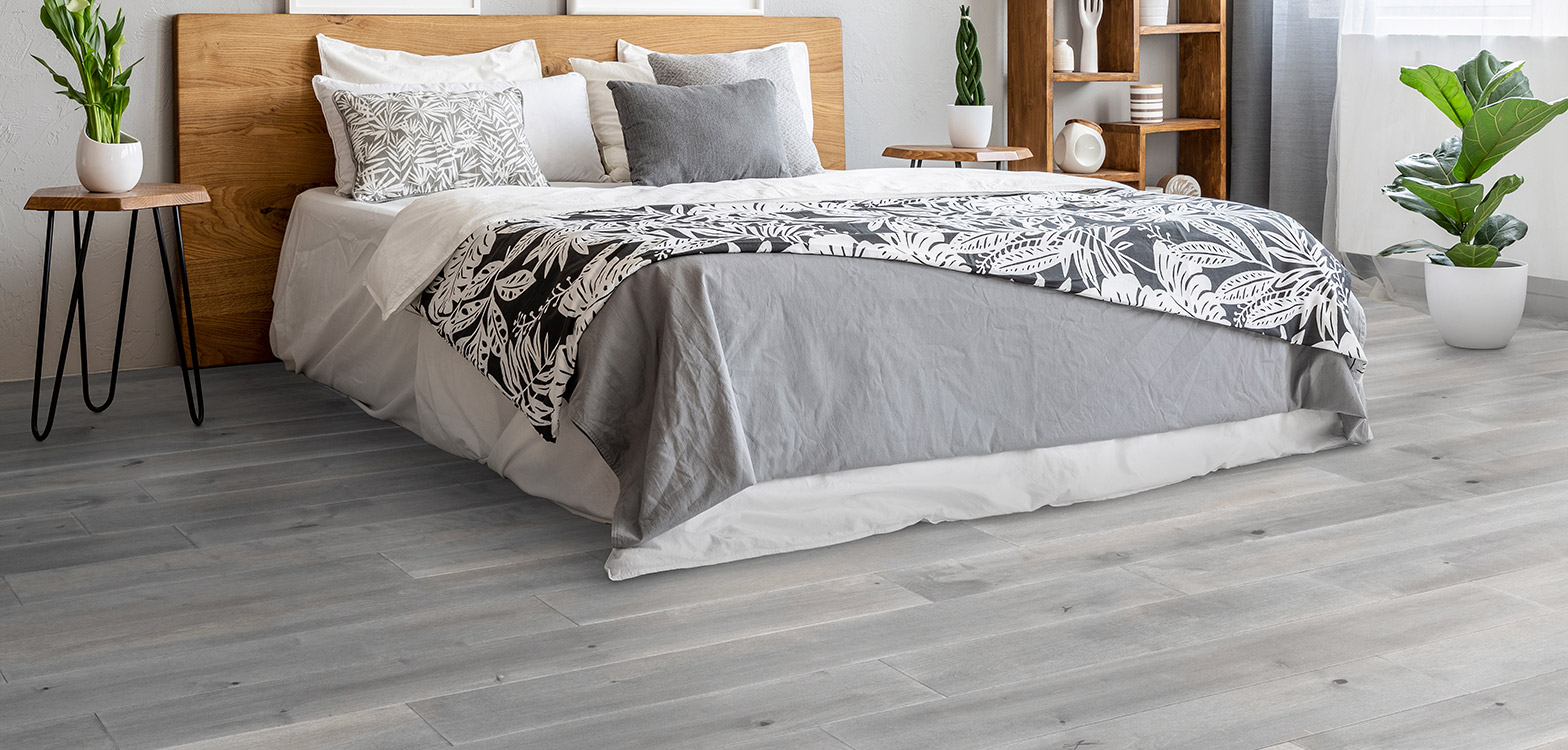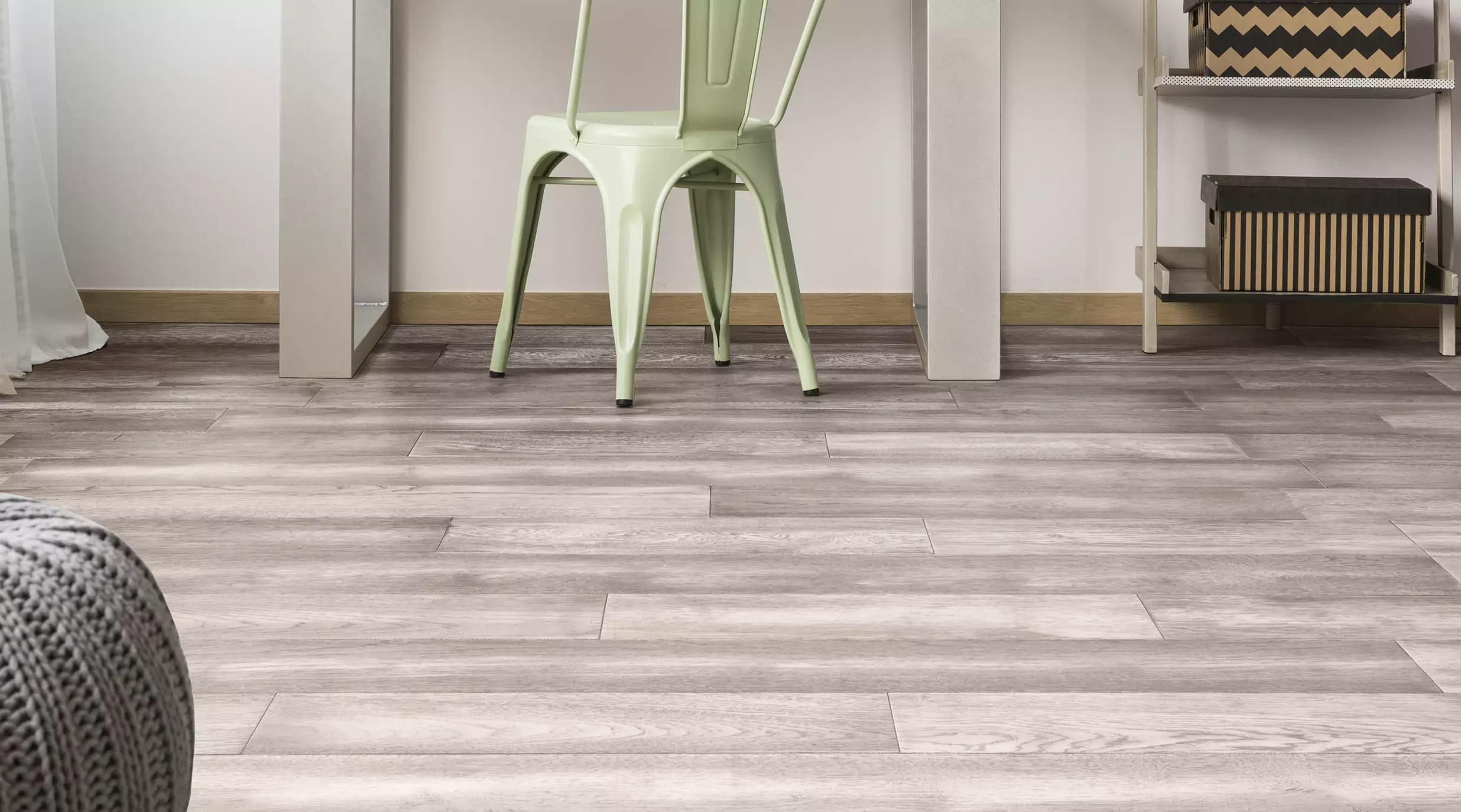Janka
Hardness
Test
What is the Janka Hardness Test?

Janka hardness test measure the hardness or density of wood. Testing is done on samples, not on actual flooring. It measures the force required to embed a 0.44” steel ball into the wood until half of the steel ball is into the wood. It was developed as a variation of Brinell test (measurement method of hardness of metals). Factors affect how flooring performs with type of core (for engineered flooring), grain direction and thickness of surface.
Results of measurements are stated in various ways for different countries. In United States, the measurement is in pounds-force (lbf). Other countries may state the test result in different units: kilogram-force (kgf), newtons (N), kilonewtons (kN), or simply treated as units (ex. “660 Janka”).
For more information on Janka test, please follow this outside link to USDA’s Forest Service, Research and Development: Forest Product Laboratory.
The common use of the Janka hardness test determines whether a species is suitable for use as flooring. This measurement technique determines the ability of type of wood for wear and withstand denting.
Download TEST FLOORING PDF
The common use of the Janka hardness test determines whether a species is suitable for use as flooring. This measurement technique determines the ability of type of wood for wear and withstand denting.
Janka Table
| Wood Species | Janka |
| Acacia | 1750 |
| Birch, White | 1260 |
| Hickory (Pecan) | 1820 |
| Maple, Hard/Sugar | 1450 |
| Oak, White | 1360 |
| Walnut, Brazilian | 3580 |
Call us
Monday to Friday 8am – 5pm PST
1-866-75-URBAN
Live chat
Click here to start a live chat session.



